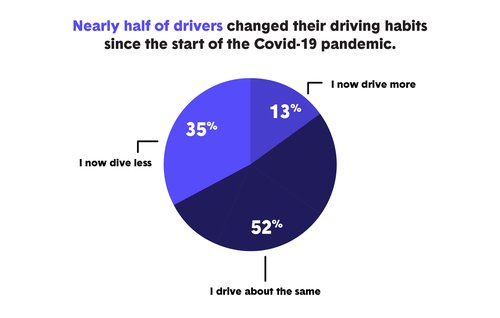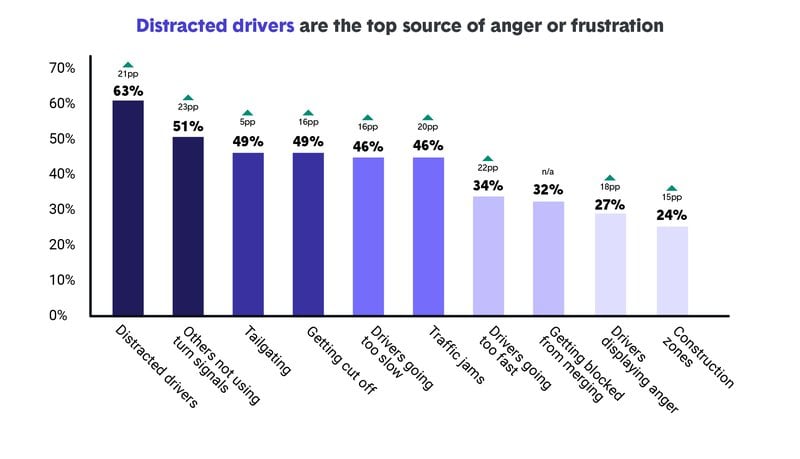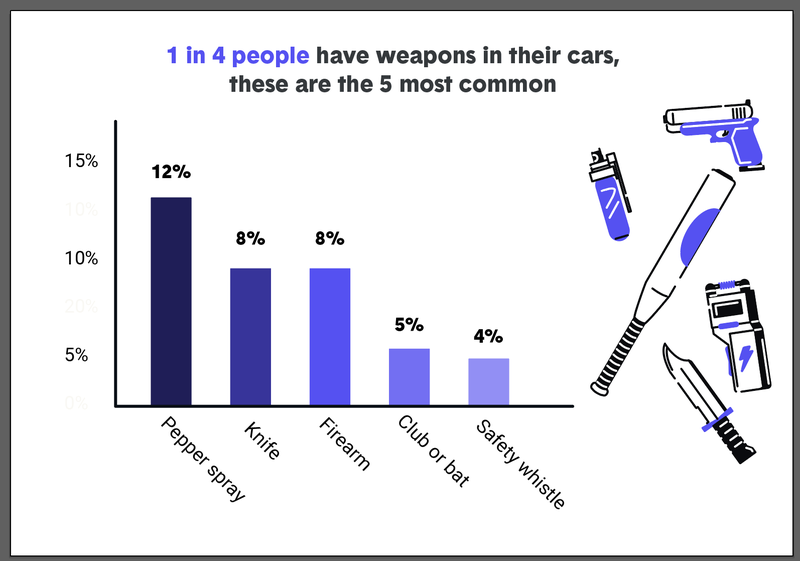We’ve all gotten a little…frustrated while driving. Maybe you’ve yelled through your window at a driver who cut you off or shot them a non-PG-rated hand gesture.
Aggressive driving and road rage is more common than we think. (Search “road rage” in Google News for proof). And it can be pretty dangerous.
According to the National Highway Traffic Safety Administration (NHTSA), aggressive driving is “The operation of a motor vehicle in a manner that endangers or is likely to endanger persons or property,” while road rage is "an assault with a motor vehicle or other dangerous weapon by the operator or passenger(s) of one motor vehicle or precipitated by an incident that occurred on a roadway."
Both behaviors can have significant consequences. According to a 2009 study by the Insurance Information Institute, aggressive driving played a role in 56% of fatal crashes, and the AAA Foundation discovered that more than 200 murders and 12,000 injuries were attributed to road rage in a seven-year time period.
However, as we know, the world has changed significantly in the last couple of years and so too have the ways people drive. We wanted to learn more about what drivers have witnessed and how they have experienced road rage during the pandemic. Our new road rage study examines the aggressive driving behaviors motorists are observing — and what they’re doing themselves.





